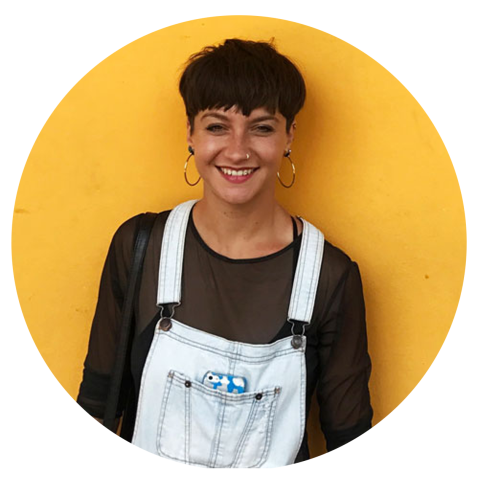
Education & Affiliations
Biography
Natalie Blaustone-Dye is an artist, researcher, community organizer, and civic practitioner. She was born and raised in Sonoma County (bay area) California, where she began her art education and gained experience in community organizing through involvement in numerous clubs, youth organizations, and non-profit volunteer groups. She finished her BFA in Art and Art History at Southern Oregon University and began her career. Here, she and a group of other artists started and produced the first and second Oregon Fringe Festival, she co-founded a temporary arts activism and advocacy group, worked as a teaching/research assistant, collaborated on group projects, held numerous exhibitions, speaking engagements, and spent time studying systemic organizing through a local volunteer organization. Post graduation, she worked as an Art Foundations instructor at Southern Oregon University, helped to re-write their arts foundations curriculum, and aided in developing the university's Social Justice House.
Her more recent accomplishments include participating as a panelist in the Neighborhood Spaces Symposium in Windsor, Ontario, co-founding the collaborative online-based collective grlrm productions (a feminist arts and research group), and producing various multimedia research-based art works that have exhibited nationally and in Canada.
Blaustone-Dye believes that the arts offer a unique platform and set of tactics, where the political, social, theoretical, technical, practical and poetic overlap—it is in this space that she works to address the complex issues within the urban dialogue.
Natalie Blaustone-Dye currently lives and works in New Orleans, Louisiana where she can occasionally be found on the streets pedicabbing or bartending at her local neighborhood watering hole, Vaughan’s Lounge.
Research Interests
Spatial advocacy, community engagement, social-spatial power structures, tactical arts platforms, visual language, collaborative labor/economy, and intimate narrative histories.
